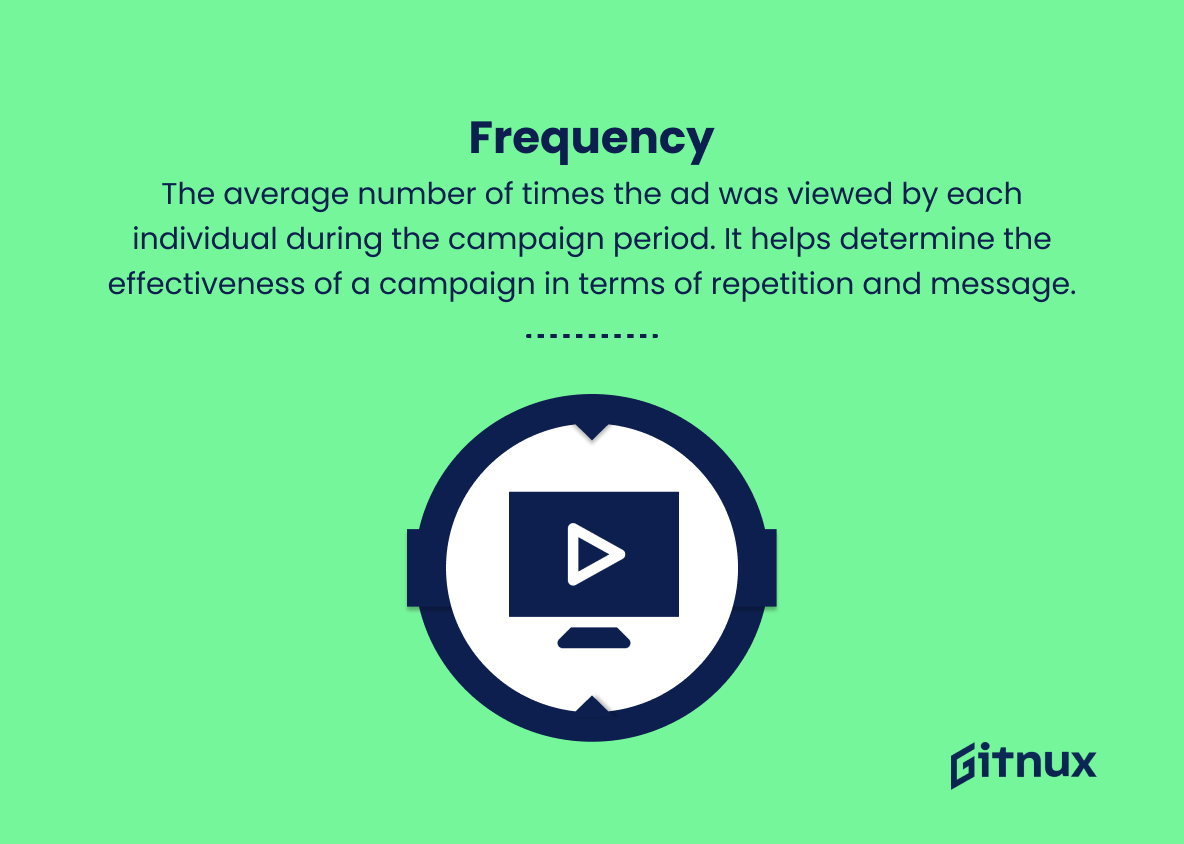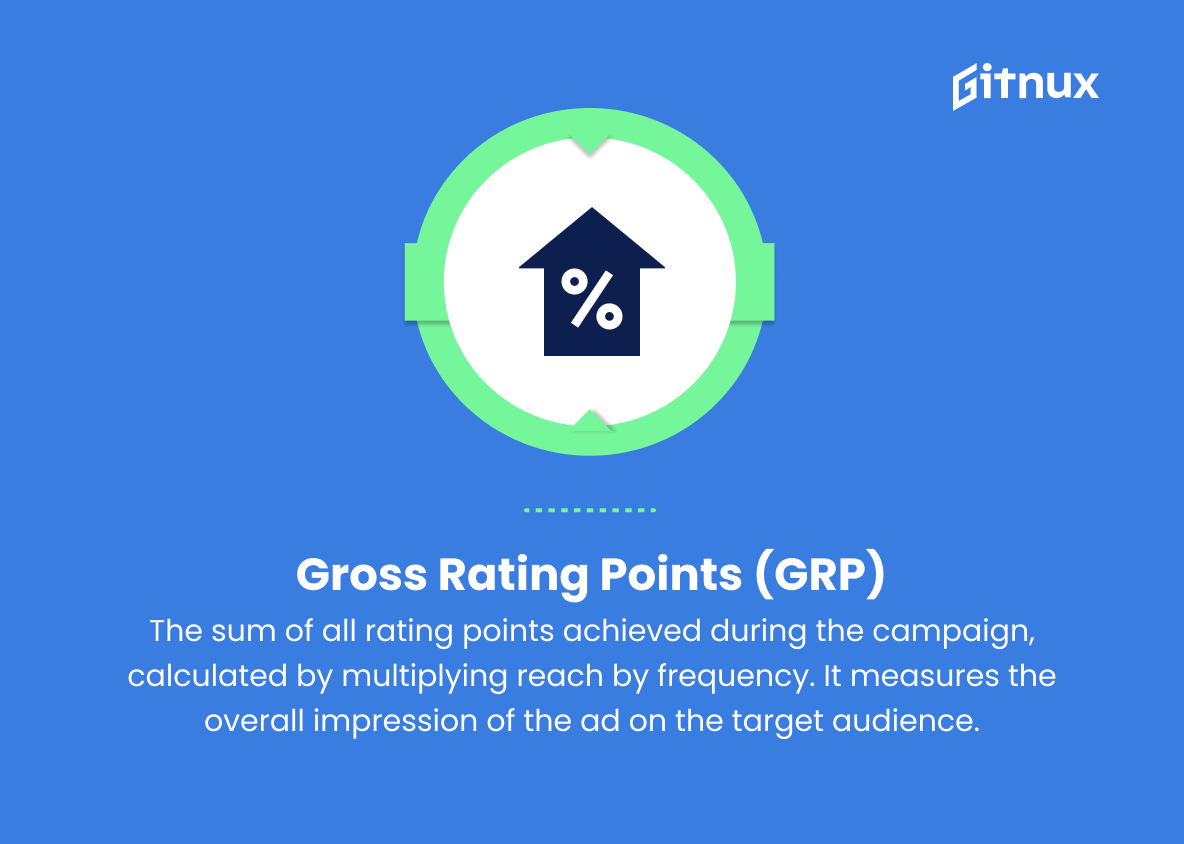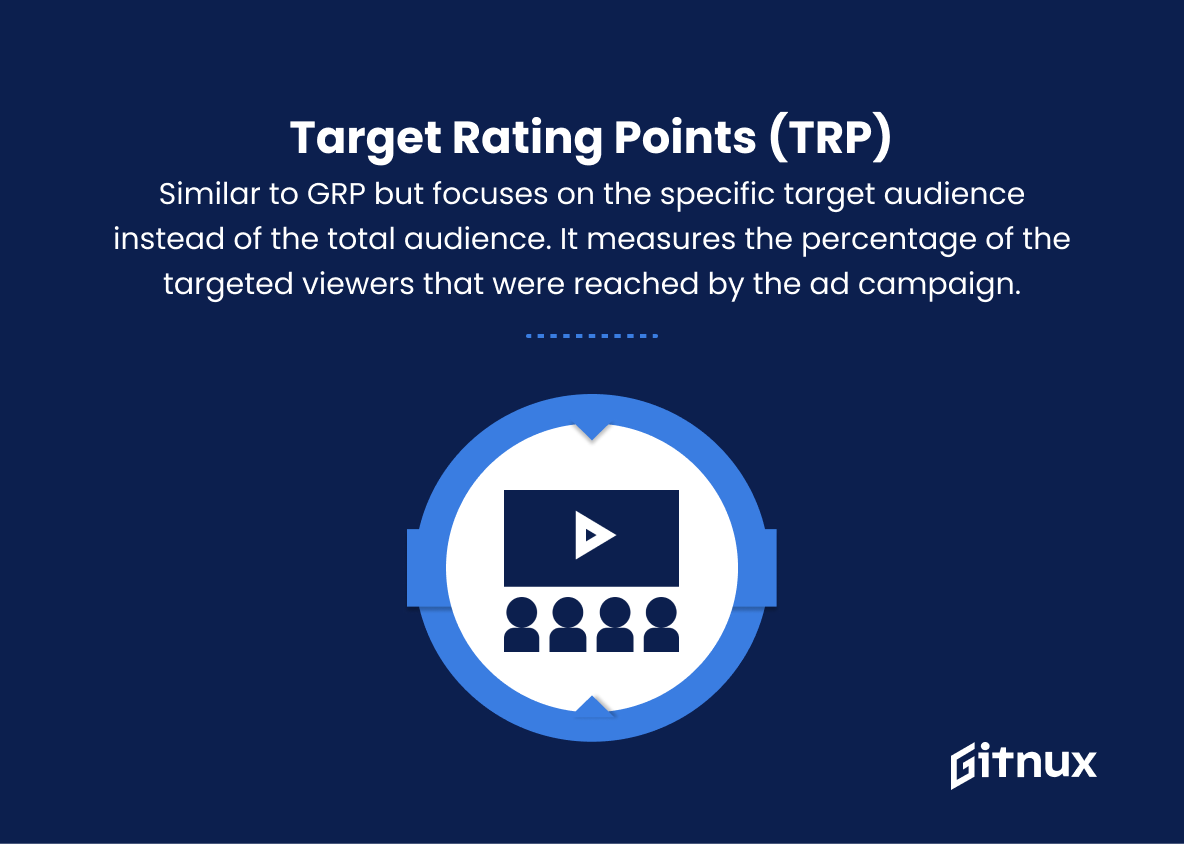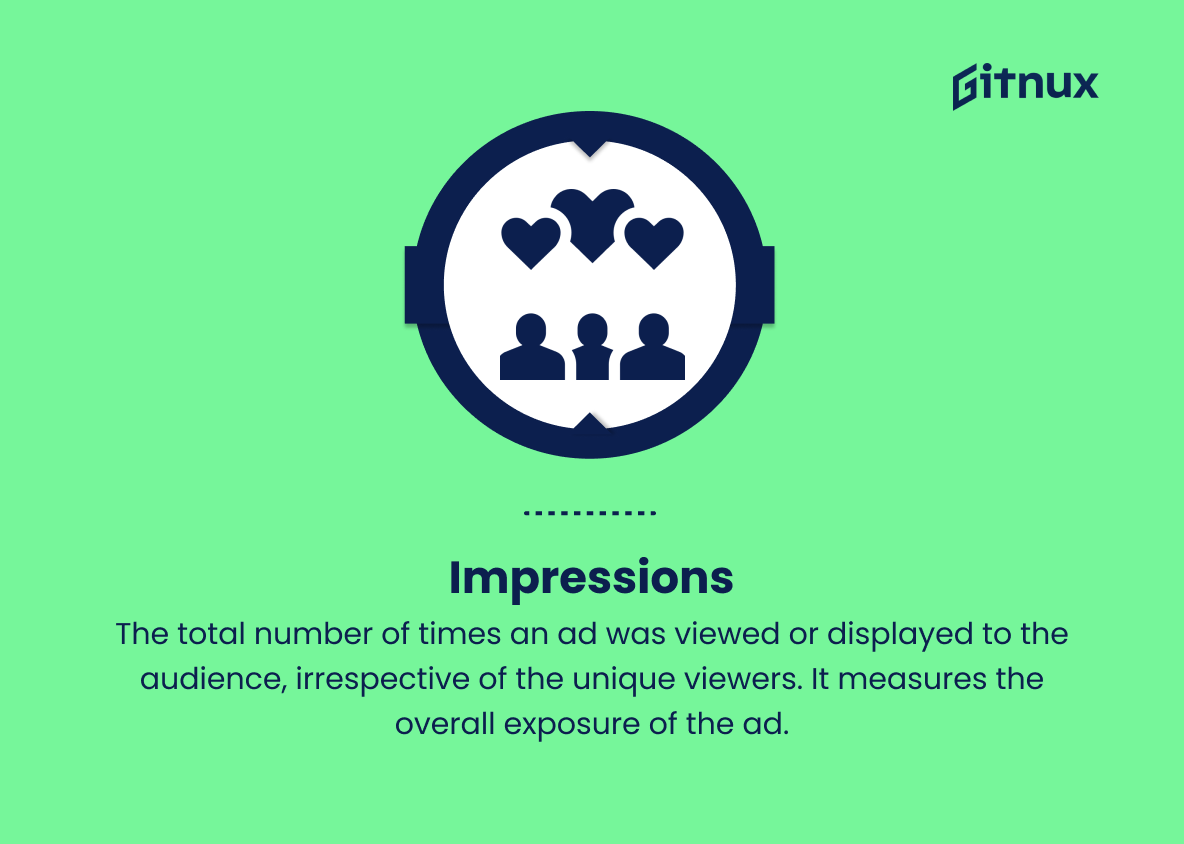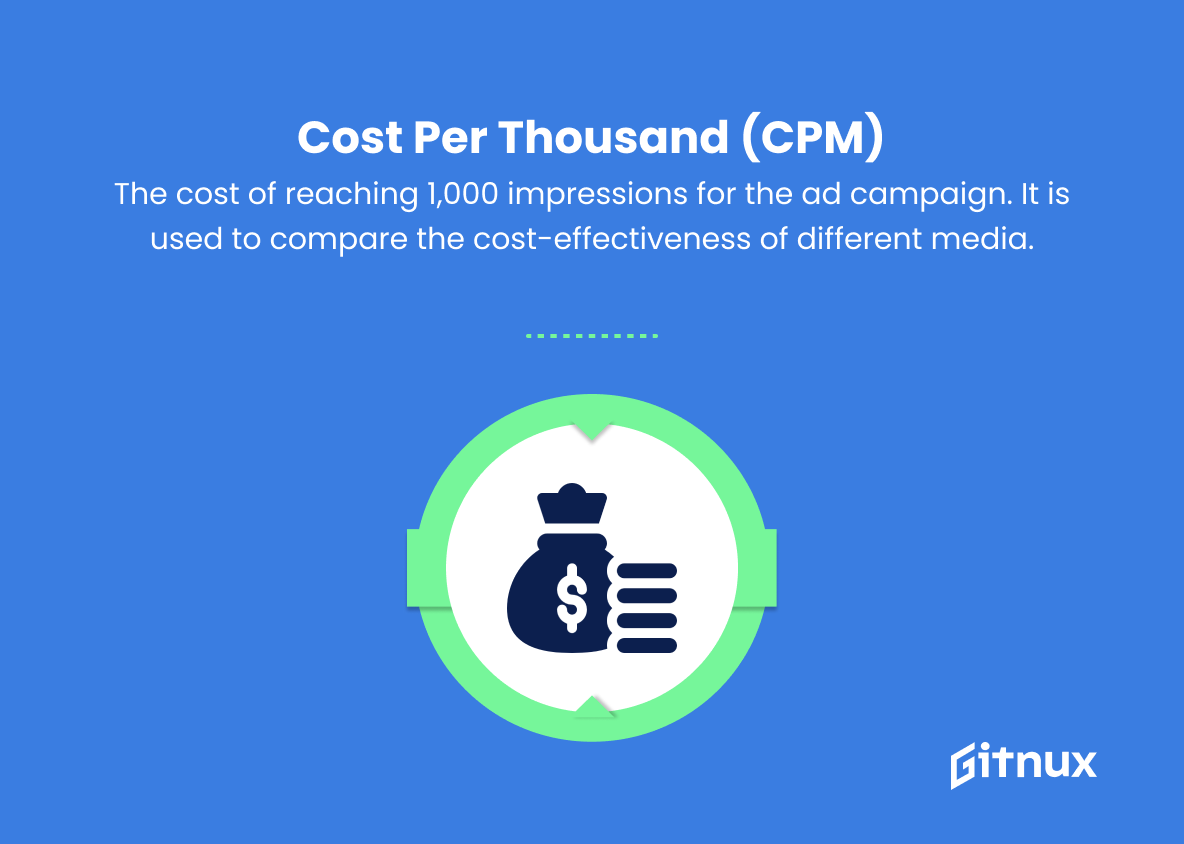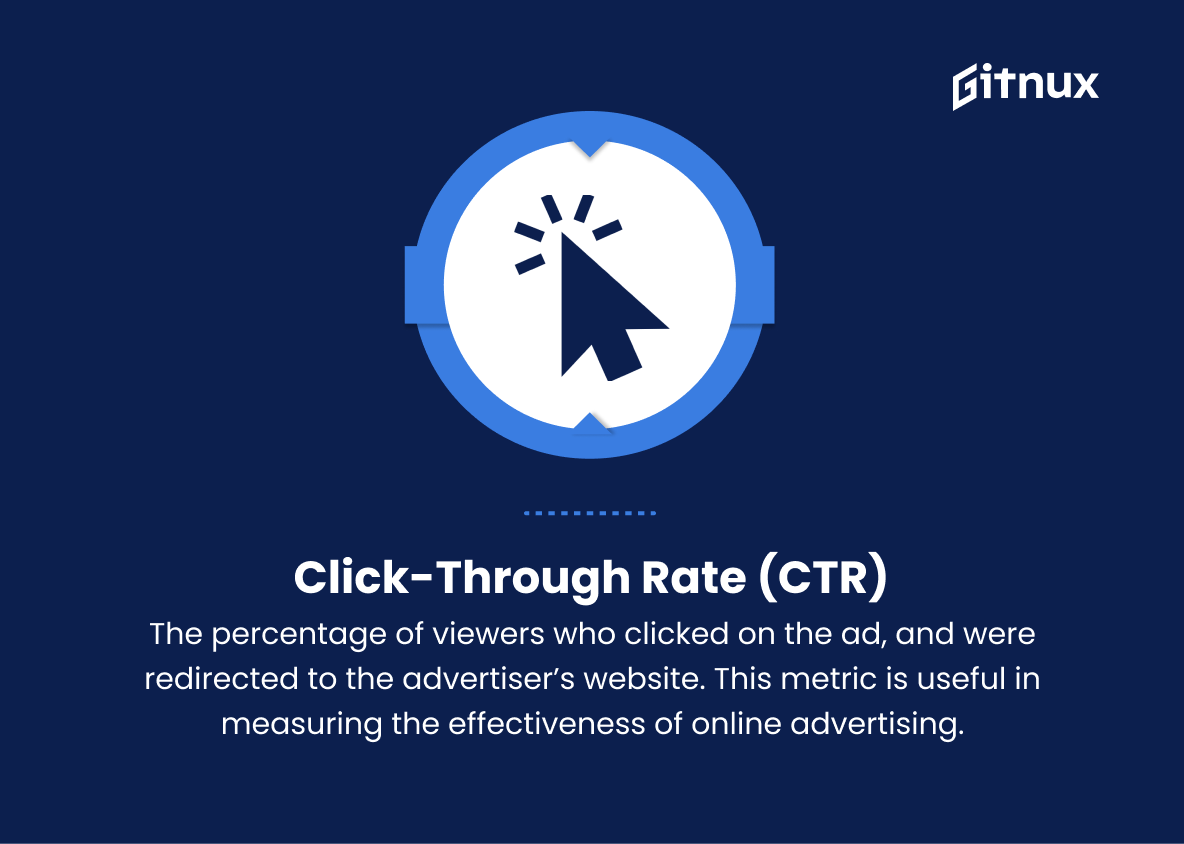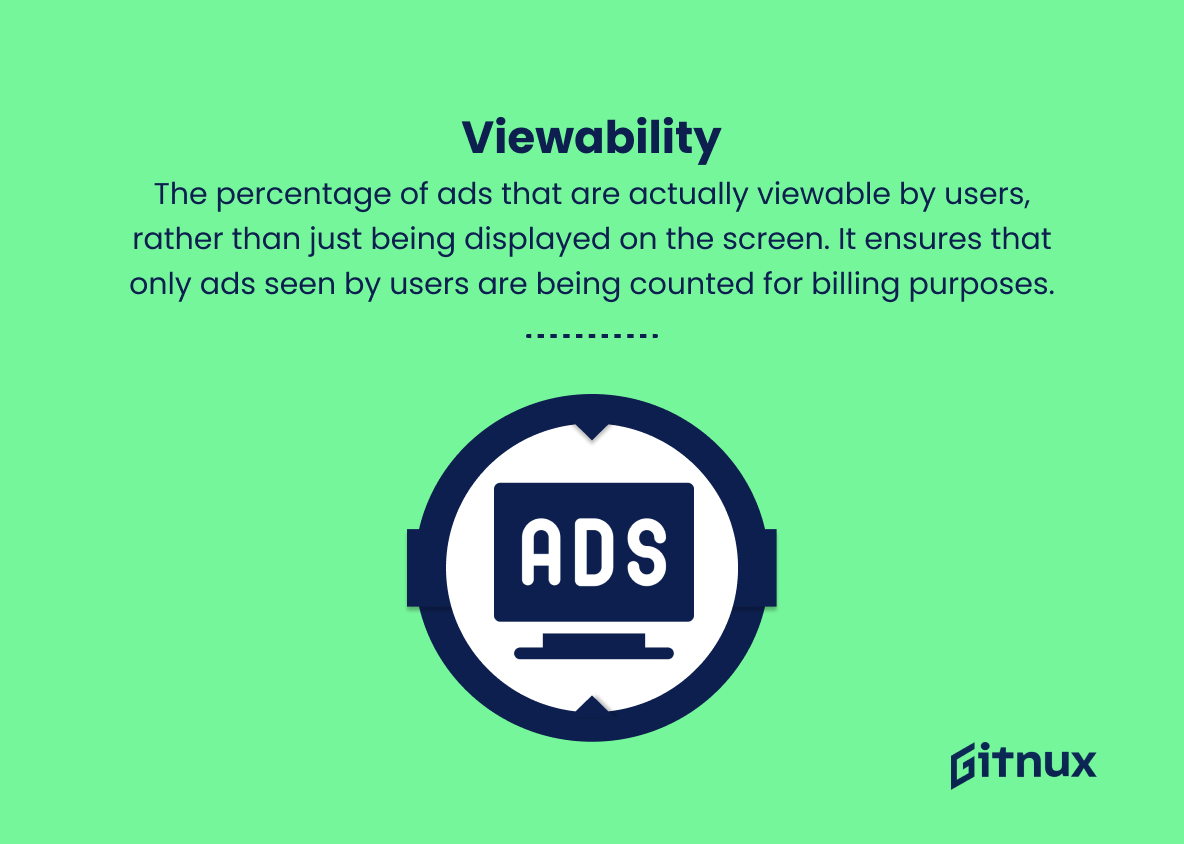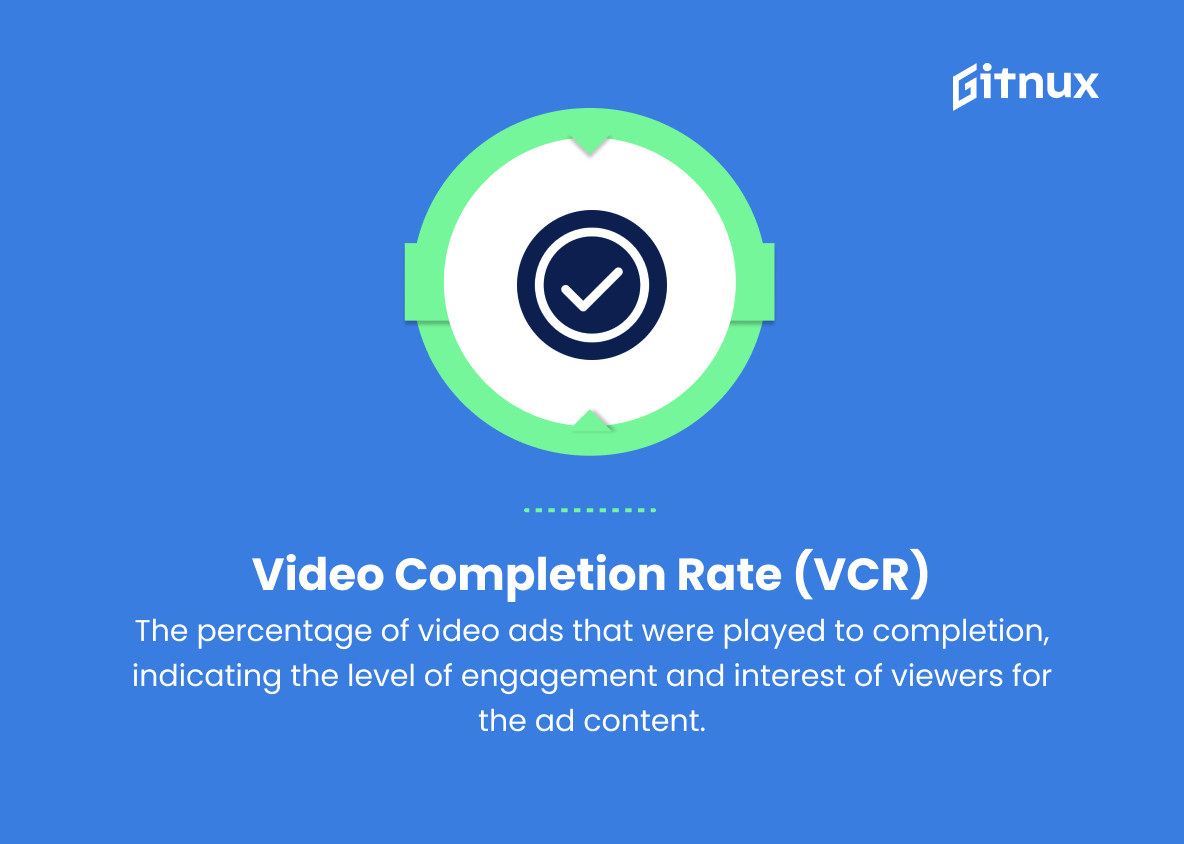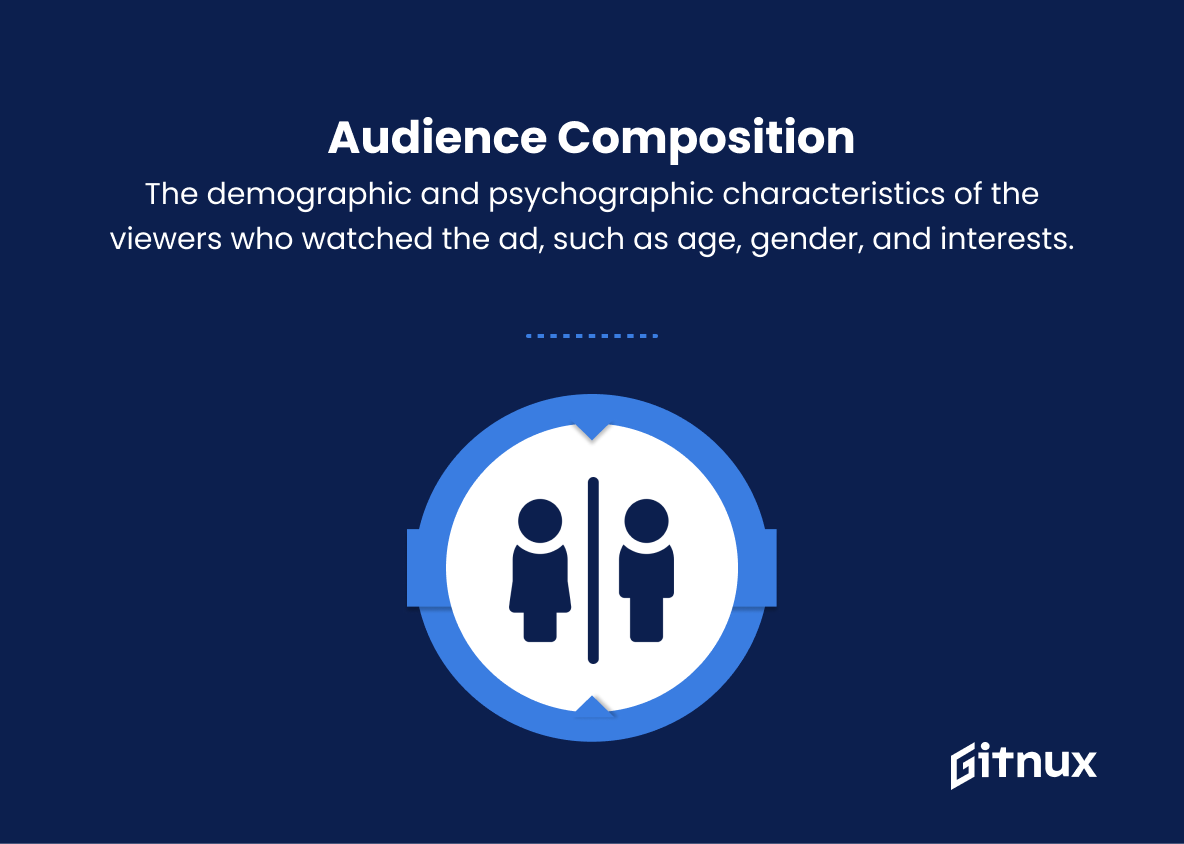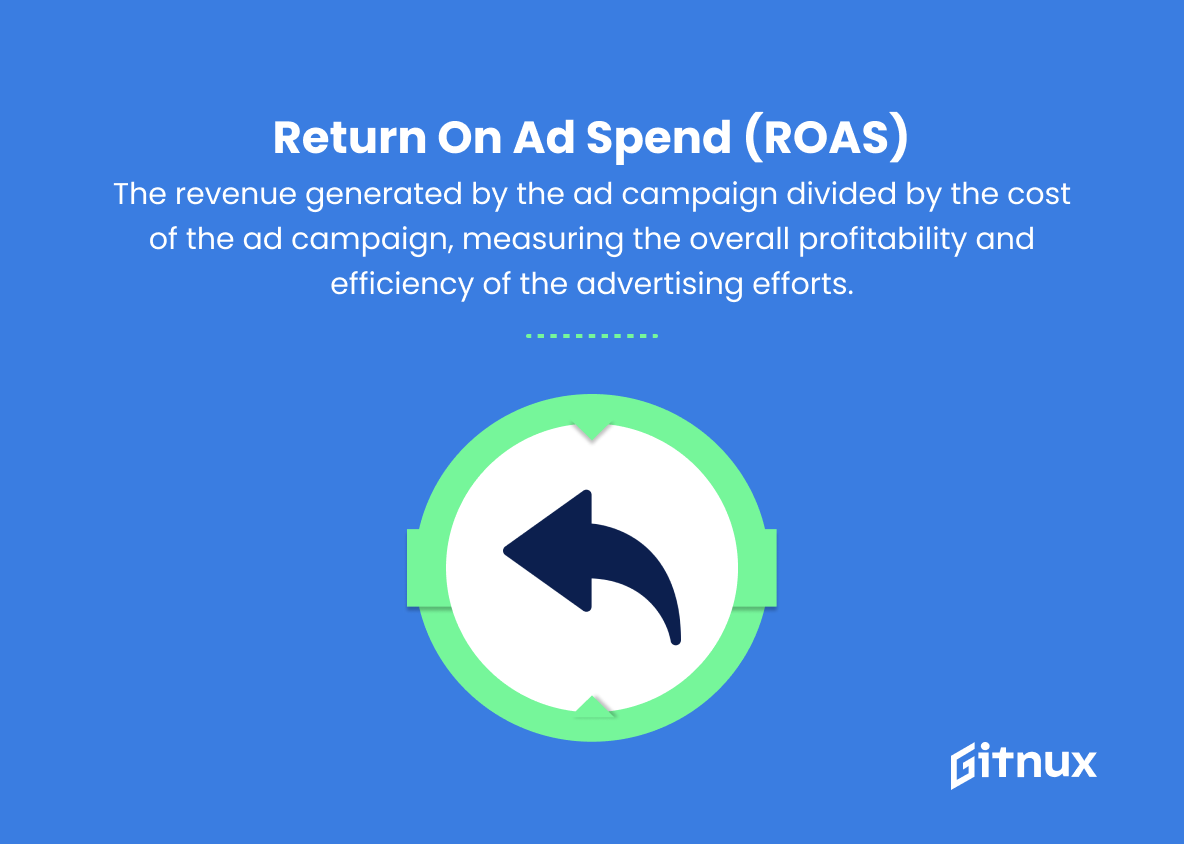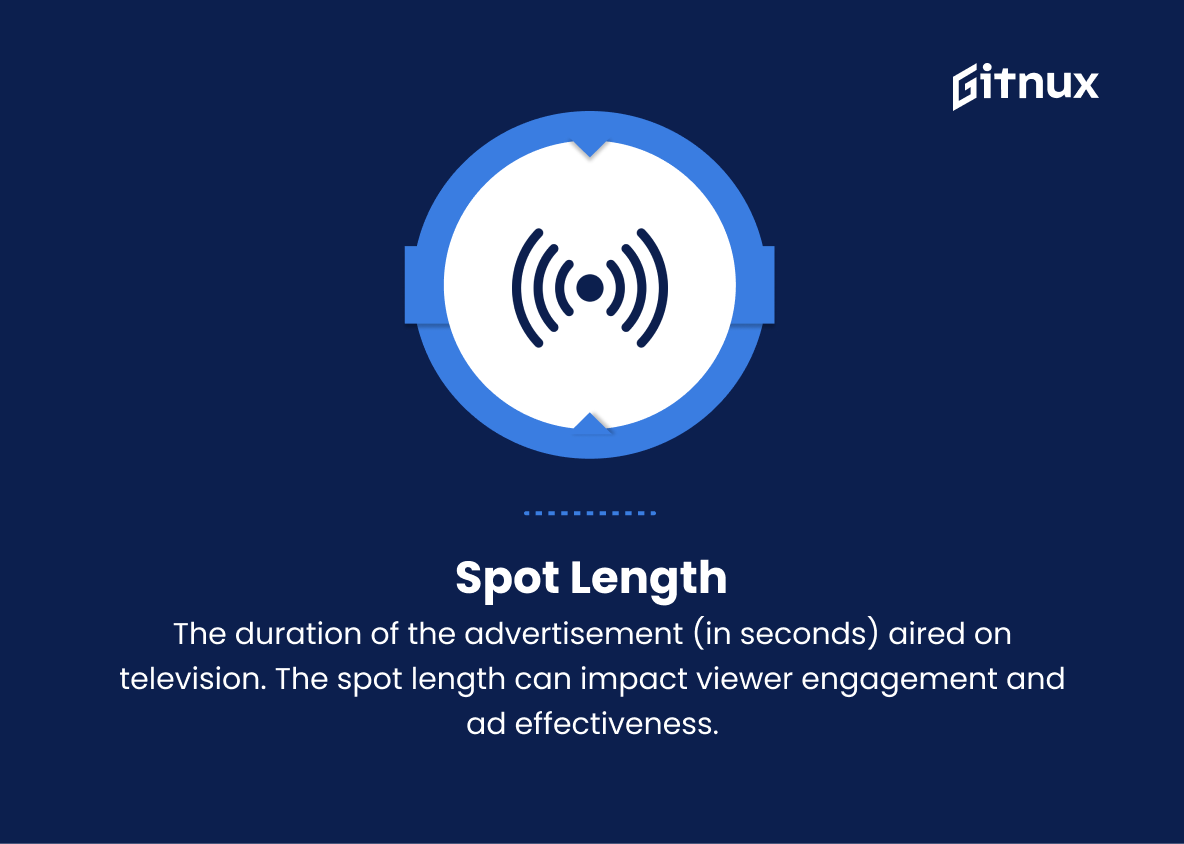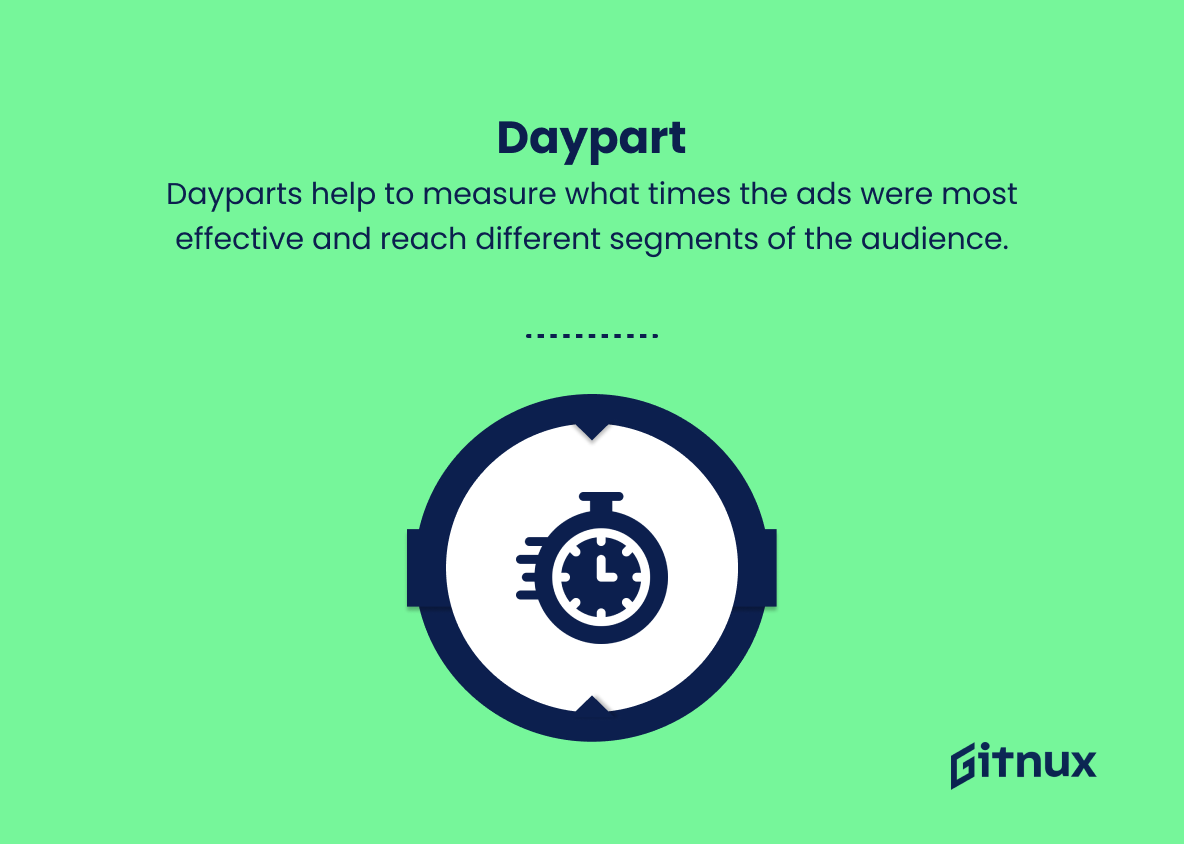In today’s fast-paced and competitive media landscape, accurately measuring the effectiveness and impact of TV advertising has become increasingly important for marketers and advertisers alike. With an abundance of channels, platforms, and viewing habits, navigating the world of TV advertising metrics can often feel like a daunting task.
This blog post aims to shed light on the essential metrics to consider, as well as provide insights on how businesses can utilize this data to optimize their TV advertising strategies and ultimately drive stronger results. Join us as we delve into the world of TV advertising metrics, uncovering the key components and exploring the ways they can contribute to the success of your campaigns.
Tv Advertising Metrics You Should Know
1. Reach
The total number of unique viewers who have seen the ad at least once during a specific time period. It measures the total audience size exposed to the advertising.
2. Frequency
The average number of times the ad was viewed by each individual during the campaign period. It helps determine the effectiveness of a campaign in terms of repetition and message recall.
3. Gross Rating Points (GRP)
The sum of all rating points achieved during the campaign, calculated by multiplying reach by frequency. It measures the overall impression of the ad on the target audience.
4. Target Rating Points (TRP)
Similar to GRP but focuses on the specific target audience instead of the total audience. It measures the percentage of the targeted viewers that were reached by the ad campaign.
5. Impressions
The total number of times an ad was viewed or displayed to the audience, irrespective of the unique viewers. It measures the overall exposure of the ad.
6. Cost per Thousand (CPM)
The cost of reaching 1,000 impressions for the ad campaign. It is used to compare the cost-effectiveness of different media.
7. Click-Through Rate (CTR)
The percentage of viewers who clicked on the ad, and were redirected to the advertiser’s website. This metric is useful in measuring the effectiveness of online (connected TV) advertising.
8. Viewability
The percentage of ads that are actually viewable by users, rather than just being displayed on the screen. It ensures that only ads seen by users are being counted for billing purposes.
9. Video Completion Rate (VCR)
The percentage of video ads that were played to completion, indicating the level of engagement and interest of viewers for the ad content.
10. Audience Composition
The demographic and psychographic characteristics of the viewers who watched the ad, such as age, gender, and interests. It helps advertisers understand the relevance and effectiveness of their targeting.
11. Brand Lift
The increase in awareness, perception, and purchase intent for a brand as a result of exposure to the television ad campaign. It measures the impact and effectiveness of the advertisement on brand performance.
12. Return on Ad Spend (ROAS)
The revenue generated by the ad campaign divided by the cost of the ad campaign, measuring the overall profitability and efficiency of the advertising efforts.
13. Spot Length
The duration of the advertisement (in seconds) aired on television. The spot length can impact viewer engagement and ad effectiveness.
14. Daypart
The time of day when the ad is aired, divided into specific intervals. Dayparts help to measure what times the ads were most effective and reach different segments of the audience.
15. Program Affinity/Co-Viewing
The relationship between the ad placement and the TV program or content within which the ad is aired. It captures audience engagement and viewers who are more likely to be receptive to the advertisement.
Tv Advertising Metrics Explained
In TV advertising, various metrics are crucial for gauging campaign performance and making informed decisions for future campaigns. Reach provides insight into the total audience size exposed to the ad, while frequency measures message repetition and recall. Gross Rating Points (GRP) and Target Rating Points (TRP) assess the overall impression on the total and targeted audience respectively. Impressions track the total exposure of the ad, whereas Cost per Thousand (CPM) is used to compare the cost-effectiveness of different media. For connected TV ads, Click-Through Rate (CTR) measures the effectiveness.
Viewability ensures ad visibility to users, while Video Completion Rate (VCR) indicates viewer engagement in ads. Audience Composition helps advertisers understand the relevance of their targeting, and Brand Lift measures the advertisement’s impact on the brand. Metrics such as Return on Ad Spend (ROAS) and Spot Length assess the overall profitability and engagement potential of ads. Daypart helps optimize ad placements for specific times, and Program Affinity/Co-Viewing captures viewer receptiveness to ads airing within specific programs or content. These metrics collectively enable advertisers to fine-tune their TV ad campaigns for maximum efficiency and impact.
Conclusion
As the landscape of television continues to evolve and adapt to the digital age, there is no doubt that the metrics used to measure TV advertising effectiveness will also need to constantly adapt. Marketers and advertisers must remain vigilant and informed about the latest tools and methodologies available in order to accurately capture consumer engagement and develop successful ad campaigns.
By embracing a data-driven approach and staying current with innovative measurement techniques, businesses can ensure they are maximizing their TV advertising investments and driving meaningful results in their overall marketing strategy. Ultimately, the success of TV advertising lies in the ability to accurately quantify its impact and use that insight to continually enhance the effectiveness and reach of future campaigns.

